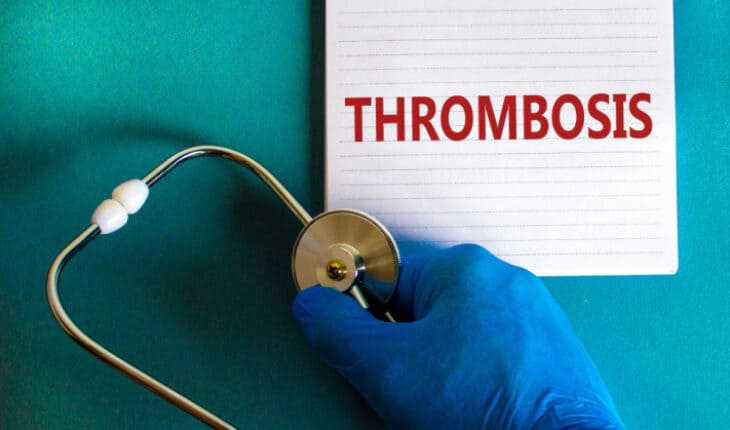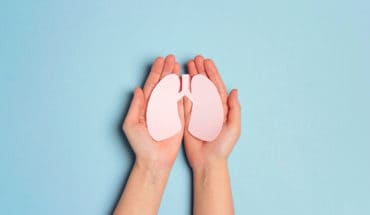A prediction model can be used to identify people affected by venous thromboembolism who have only a low risk of recurrence and may not require long-term blood thinning. The validity of this “Vienna Prediction Model” developed at MedUni Vienna has now been confirmed in a large-scale clinical study and the results have been published in the renowned European Heart Journal.
This study, conducted over several years in collaboration with MedUni Graz at the Division of Hematology and Hemostaseology at the Department of Internal Medicine I at MedUni Vienna, investigated how well the Vienna Prediction Model is able to identify the risk of recurrence in patients with venous thromboembolism (VTE), so that the long-term administration of anticoagulant (“blood-thinning”) drugs can possibly be dispensed with.
The study included 818 patients with deep vein thrombosis or pulmonary embolism who received blood thinning medication for an average of four months. The prediction model was applied to these patients three weeks after discontinuation of blood thinning. In 520 (65%) of these patients, the risk of relapse was considered rather low according to the Vienna Prediction Model. These patients were followed for two years to see if recurrence of VTE actually occurred.
The results showed that the risk of relapse in these patients was 5.2% after one year. “Our model was accurate in its predictions after one year,” explains study leader Paul A. Kyrle from MedUni Vienna, “however, the prediction of risk was not precise enough for patients with a 2-year relapse risk of more than 5%. Therefore, we have adjusted the model to correct this imprecision.”
As first found worldwide in an earlier study by Paul A. Kyrle’s research group, this study also confirmed that men with leg vein thrombosis or pulmonary embolism have a higher risk of recurrence than women.
Co-study leader Sabine Eichinger explains how this prediction model, which has now been reviewed, makes life easier for those affected: “The Vienna Prediction Model can help to identify patients with VTE who have a low risk of recurrence. For this group, the therapy can be changed in such a way that blood thinners can be dispensed with altogether. In addition to gaining quality of life, they also benefit from eliminating the bleeding risk associated with blood thinners.”
The Vienna Prediction Model
Patients with venous thrombosis or pulmonary embolism in whom no triggering cause for this event could be found have a high risk of recurrence. Within five years, about one third of these patients relapse and about 4% of patients with relapse die of pulmonary embolism. It is therefore of greatest clinical interest to distinguish patients at particularly high risk (who would benefit from prolonged blood thinning therapy) from those at lower risk (who are unnecessarily exposed to bleeding risk).
With the “Vienna Prediction Model” it is possible to determine the risk of recurrence and to adjust the duration of blood-thinning therapy accordingly, taking into account gender, localization of venous thrombosis (lower leg, thigh/pelvis or pulmonary embolism) and a laboratory finding (D-dimer). This model was developed in a joint effort between the Paul A. Kyrle/Sabine Eichinger working group (Division of Hematology and Hemostaseology, Department of Internal Medicine I) and Georg Heinze (Center for Medical Data Science) at MedUni Vienna.
Service: European Heart Journal
The Vienna Prediction Model for identifying patients at low risk of recurrent venous thromboembolism: a prospective cohort study
Paul A Kyrle, Lisbeth Eischer, Hana Šinkovec, Paul Gressenberger, Thomas Gary, Marianne Brodmann, Georg Heinze, Sabine Eichinger
European Heart Journal, 2023;, ehad618, https://doi.org/10.1093/eurheartj/ehad618
- Gut microbiome could delay onset of type 1 diabetes - 3rd April 2025
- The da Vinci 5 Robot Is Set To Transform Bariatric Care: - 31st March 2025
- Beyond money: the hidden drivers fuelling child food insecurity - 31st March 2025






